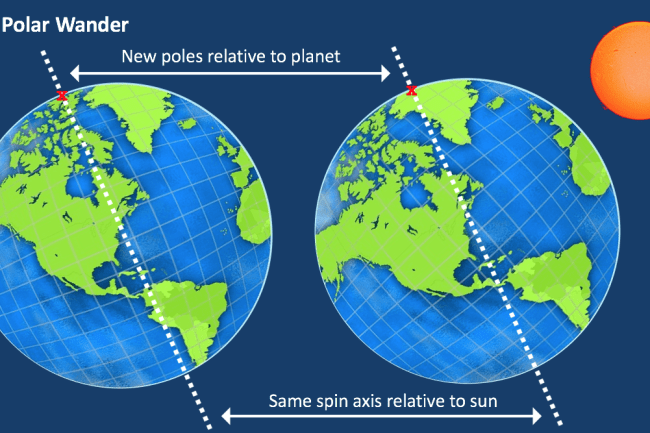

There’s an old saying, “As the days lengthen, the cold strengthens.” Why does it often get colder in January even though we’re gaining daylight? When that pole tilts away from the Sun, that half of the Earth gets less sunlight and it’s winter there.Īs the Earth orbits the Sun, sunlight strikes the surface at varying angles because of the planet’s tilt. When one of the poles points more toward the Sun than the other pole, that half of the planet gets more sunlight than the other half, and it’s summer in that hemisphere. As a result, light falls directly on its equator but strikes the North and South poles at angles. Second, its axis is tilted about 23.5 degrees relative to its path around the Sun. There are two other important factors: First, the Earth is round, although it’s not a perfect sphere. This is what causes daily changes in sunlight and temperature. During the 24 hours that it takes for the Earth to rotate once around its axis, every point on its surface faces toward the Sun for part of the time and away from it for part of the time.

How does the Earth’s orbit influence our daylight and temperatures?Īs the Earth orbits the sun, it spins around an axis – picture a stick going through the Earth, from the North Pole to the South Pole. Atmospheric scientist Deanna Hence explains the weather and climate factors that combine to produce wintry conditions at the turn of the year. But in many areas, January is when it really takes hold. Above the equator, winter officially begins in December.


 0 kommentar(er)
0 kommentar(er)
